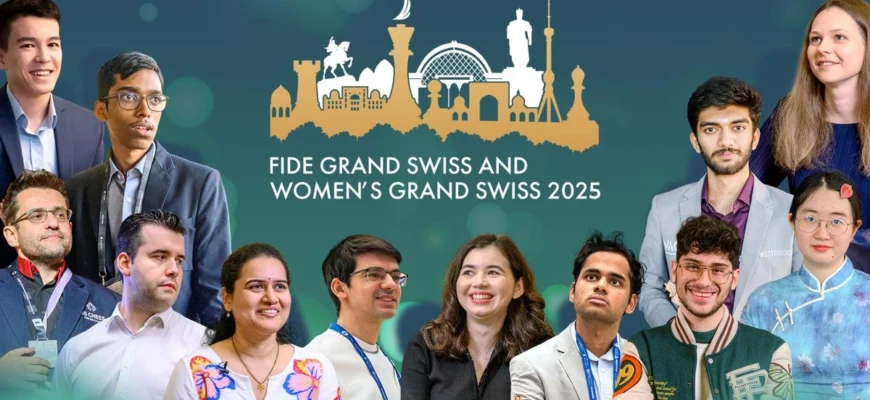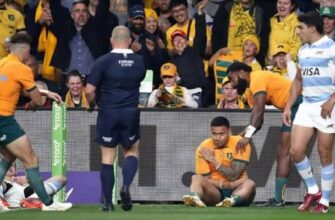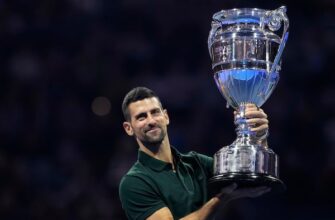The global chess stage is once again illuminated, not by the flash of camera bulbs on a red carpet, but by the intense glare of grandmasters` determination. We`re talking about the FIDE Grand Swiss 2025 and its equally prestigious counterpart, the FIDE Women`s Grand Swiss. These aren`t your casual weekend tournaments; they are eleven-round, gruelling open events, serving as critical qualification pathways to the pinnacle of competitive chess: the 2026 Candidates Tournaments.
For the uninitiated, the Candidates Tournament is the penultimate battle, determining who earns the right to challenge the reigning World Chess Champion. With two coveted spots up for grabs in both the Open and Women`s categories, the stakes couldn`t be higher. This is where legends are forged, and dreams are either realized or deferred with the precise movement of a knight.
Understanding the Battlefield: The Grand Swiss Format
A Swiss-system tournament is designed to pit players of similar strength against each other as the event progresses, ensuring a competitive and dynamic field without eliminating anyone. It’s a marathon, not a sprint, and this particular marathon features some rather specific rules:
- Time Control: Prepare for a test of endurance. Players are allotted 100 minutes for their first 40 moves, followed by an additional 50 minutes for the next 20 moves. Should the game extend beyond 60 moves, a final 15 minutes is added for the remainder of the game, accompanied by a 30-second increment from the very first move. This means hours of concentrated thought, where a single lapse in focus can unravel a brilliant position.
- Tie-break Criterion: In a field this strong, identical scores are inevitable. When points are equal, the first criterion to differentiate contenders is the Average Rating of Opponents Cut 1 (AROC 1). In simpler terms, this clever little metric calculates the average rating of a player’s opponents, but with one twist: their *lowest-rated* opponent`s score is conveniently discarded. Because, apparently, even your weakest links shouldn`t weigh down your overall performance average too much. A subtle nod to acknowledging true competitive strength, rather than just fortunate pairings.
The tournament unfolds daily, from Thursday, September 4th, through Monday, September 15th, offering a continuous stream of high-stakes chess, with one solitary rest day on Wednesday, September 10th. A brief respite, perhaps, to mend frayed nerves and re-strategize for the battles ahead.
The Cast of Contenders: Youth vs. Experience
The initial round of any major open tournament is always a spectacle, pairing top seeds against formidable, though often lower-rated, opposition. It`s a delicate dance between overwhelming force and potential upset. Looking at the Round 1 pairings for the Open section, we see a fascinating cross-section of the chess elite:
- The Young Guns: Names like Praggnanandhaa R (2785 Elo), Gukesh D (2767 Elo), Erigaisi Arjun (2771 Elo), and Abdusattorov, Nodirbek (2748 Elo) are at the forefront of a generational shift in chess. These prodigies are not just playing; they`re making bold statements, proving that age is merely a number when raw talent and fearless ambition are on display. Their matches are often characterized by sharp, uncompromising play.
- The Established Titans: Veterans such as Levon Aronian (2744 Elo), Anish Giri (2746 Elo), Ian Nepomniachtchi (2742 Elo), and Maxime Vachier-Lagrave (2738 Elo) bring immense experience and a deep understanding of the game. They represent the established order, a formidable barrier against the relentless charge of the youth. Their games are often a masterclass in positional understanding and tactical precision.
- Rising Stars and Dark Horses: Players like Alireza Firouzja (2754 Elo), Hans Niemann (2733 Elo), and Vidit Gujrathi (2712 Elo) add further intrigue, each with their own unique style and potential to disrupt the standings. Every round is a chance for a lesser-known grandmaster to make a name for themselves, adding to the unpredictable thrill of an open format.
Round 1 itself often sees the higher-rated players asserting their dominance, but the beauty of the Swiss system lies in its ability to quickly bring the top contenders into direct conflict. Every point is crucial, and even a single draw against a lower-rated opponent can make the path to the Candidates significantly steeper.
The Road Ahead: A Test of Mental Fortitude
With ten more rounds to go after the initial clashes, the FIDE Grand Swiss 2025 promises to be a true test of mental fortitude, physical stamina, and unyielding focus. Players will not only battle their opponents across the board but also the relentless pressure, the fatigue, and the psychological warfare inherent in such a high-stakes environment.
Who will navigate this treacherous path, outwit their rivals, and seize those coveted spots in the 2026 Candidates Tournament? The chess world is watching, ready to witness the unfolding drama, the tactical fireworks, and the sheer intellectual brilliance that only elite chess can offer. It’s more than just a game; it’s a narrative of ambition, skill, and the relentless pursuit of chess immortality.








